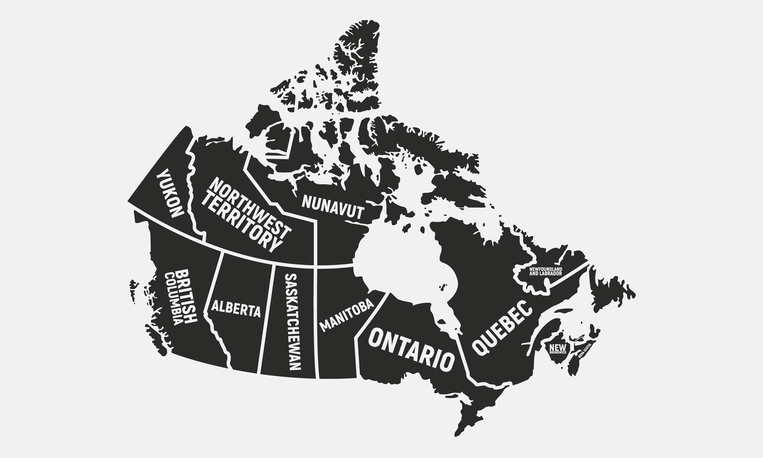If there’s ever a 51st state in the United States, it’ll most likely be Puerto Rico or the District of Columbia. But if these very small political movements had had their way, we’d already have more states: former Canadian provinces.
All of Western Canada
The Unionest (“union” + “best”) formed in 1980 by former members of the Progressive Conservative Party of Saskatchewan as a response to a number of small western Canadian separatists groups at the time who were opposed to the left-wing federal government’s policies. Those groups often called for the four westernmost Canadian provinces — British Columbia, Alberta, Saskatchewan, and Manitoba — to form a new country. The Unionest Party had another idea — have those four provinces join the United States, which, at the time, was governed by the conservative president Ronald Reagan. The Unionests managed to get two members (its founders) into the Saskatchewan legislative assembly (because they left their old party), but they couldn’t garner much support. The “let’s join America” movement quickly died out.
All of Maritime Canada
In 1987, Canadian prime minister Brian Mulroney, and the premiers (they’re like governors) of all 10 of Canada’s provinces, proposed the Meech Lake Accord, a series of constitutional amendments. Created in large part to assuage the more independently-minded government of Quebec, it fell apart over time due to objections from around the country (support waned as premiers changed), and jumpstarted Quebec’s growing drive for independence. However, Nova Scotia premier John Buchanan, said that if the Accord failed, it would so destabilize the country that he said his province, and the other small, Atlantic provinces of New Brunswick, Prince Edward Island, and Newfound and Labrador, would have no choice but to join up with the United States. (Everything worked out in the end.)
Quebec
Quebec is the most French-influenced (and proudly French-speaking) Canadian province, and also the one that’s tried and failed several times to form its own, independent nation. Parallel to that plan has been a quieter, less famous movement to link Quebec to the United States. In 1989 elections, the Quebec-based Parti 51 fielded candidates…and won just 0.11 percent of the vote (the Communists got more), and that was the end of that. However, in 2016, a Quebec lawyer named Hans Mercier revived Parti 51, on the notion that the U.S. is a very welcoming place, and would accept a brand-new state with open arms. (No developments yet, but we’ll let you know when Quebec becomes the newest state.)








